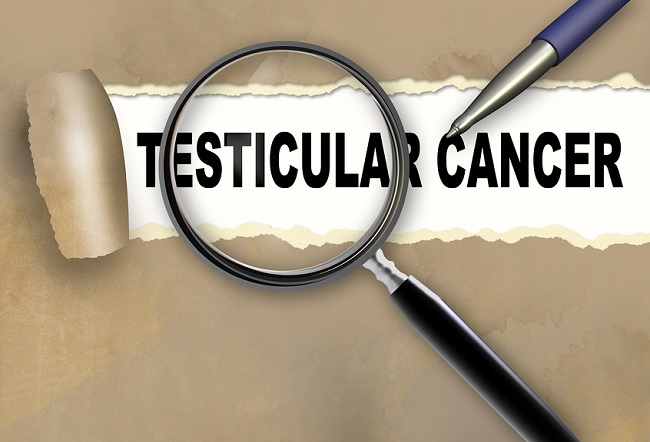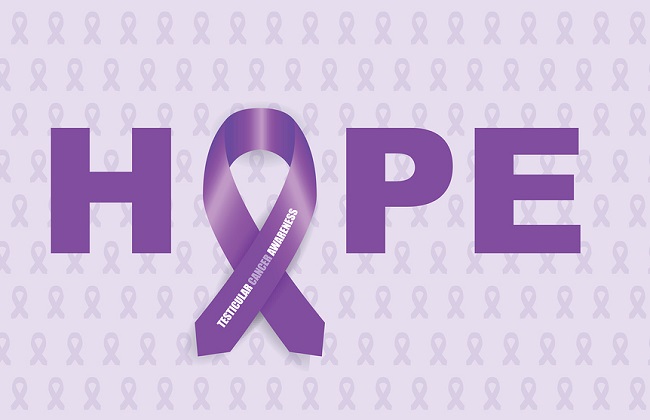- Make It Yourself Lavender Heart-Shaped Bath Bombs!
- 20 Things You Never Knew About “Down There”
- 12 Best Foods For Those Suffering From Arthritis Pain
- 12 Personal Hygiene Mistakes Almost Everyone Makes (Mom Never Told You About #4!)
- 15 Medicinal Plants And Herbs From The Cherokee People
- 12 Mind-Blowing Benefits Of Drinking Coconut Water During Pregnancy
- 12 Outstanding Winter Foods That Won’t Fatten You Up Like A Christmas Turkey
10 Warnings Signs of Testicular Cancer Every Man Should Know

Photo credit: bigstock.com
There is one cancer that hits more young men between the ages of 15 and 35 more than any other type of cancer. This cancer is highly treatable when found early but most men shy away from this subject if they can avoid it and men are much less likely to go see a doctor than women are, increasing their odds that this cancer will spread. What cancer are we talking about? Testicular cancer.
There are many things about this cancer that scientists do not completely understand, but they do know the most common factors that could mean you have an increased risk, including:
- An undescended testicle (cryptorchidism) – Even if the testicle was later relocated to the scrotum surgically, this is still the highest risk of factor for this type of cancer.
- Age – Although it can affect men at any age, it typically strikes young men between the ages of 15 to 35.
- Family History – If your father or other close family member had testicular cancer, you are at a higher risk.
- Smoking – Studies show that men who have smoked a pack of cigarettes each day for more than 12 years are twice as likely to develop testicular cancer as those who do not smoke.
- Race – This cancer affects more white men than any other group, although scientists do not understand why this is.
- HIV – Men infected with HIV have an increased risk.
- Abnormal Testicle Development – Those with abnormally developed testicles, such as a genetic condition called Klinefelter’s Syndrome, increases your risk of this type of cancer.
This cancer appears to peak at two different ages; first in those between the ages of 15 and 35, but again in men over the age of 50. The good news is that almost all cases of testicular cancer can be cured. This cancer has a 90 to 95percent survival rate, which should give you hope if you or someone you love has been diagnosed with this type of cancer.
This type of cancer is classified as being either seminomas or nonseminomas. Although testicular cancer only hits about 1 percent of men, about 400 men each year die from this disease. Testicular cancer has more than doubled among white men in the past 40 years and has recently begun to increase among black men, but the reason for the rise in either group is not known.
SEE ALSO: 15 Cancer Warning Signs Men Tend to Ignore but Shouldn’t
Continue to Page 2

Photo credit: bigstock.com
Your best defense is to become familiar with the top 10 warnings signs, which are:
1. A Lump in One or Both Testicles
This is the most common symptom of testicular cancer. Most men describe this lump as a pea sized ball that they can feel with their fingers. Most men say there is no pain but others state that they feel a type of dull ache in their groin or lower abdomen, a type of heaviness or dragging sensation.
2. Enlarged Lymph Nodes
You might have enlarged lymph nodes in the groin area as the disease spreads.
3. Shrinking of One or Both Testicles
4. Swelling of One or Both Testicles
5. Lower Back Pain
6. Enlargement or Tenderness of the Breasts
7. Fluid Collection in the Scrotum
8. Pain or Discomfort in the Scrotum or in One or Both Testicles
9. A Feeling of Heaviness in the Scrotum
10. Pain in One or Both Testicles or an Ache in the Lower Abdomen
Men should do a monthly exam of their testicles once a month while they are in the shower, or after they get out. The scrotum is slippery and relaxed at this time and lumps can be more easily detected.
Look and feel for any lumps, changes in size, or shape. Although it is normal for one testicle to be slightly larger than the other and for one to hang a bit lower than the other, any other type of abnormality (such as one testicle dramatically increasing in size or looks obviously shrunken) should be investigated further by your doctor.
Don’t delay reporting any changes you might find, as this is your best defense against this type of cancer.
References:
































